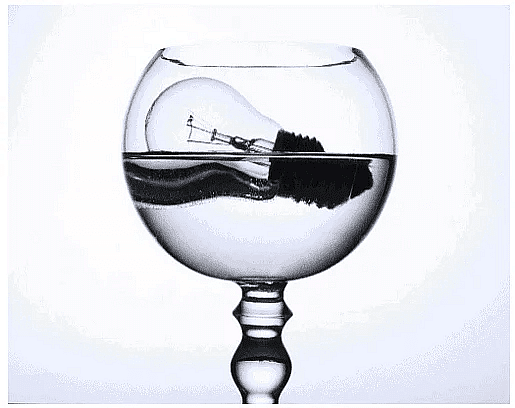Types of Objects | Science for Grade 5 PDF Download
| Table of contents |

|
| Transparent Objects |

|
| Opaque Objects |

|
| Translucent Objects |

|
| Shadows |

|
When light falls on something, three things can happen:
1. All the light pass through the object.
2. Only some part of light passes through the object, some part gets reflected.
3. No light passes through the object and all of it gets reflected.

Based on their behaviour towards light, the objects can be classified as transparent, translucent and opaque. 
Let us discuss them in detail:
Transparent Objects

You can see clearly through a plane glass windowpane because glass allows almost all the light falling on it to pass through it. Materials that allow almost all light to pass through them are called transparent materials. Air, pure water and some plastics are also transparent.
Opaque Objects

You cannot see through a piece of wood because it does not allow light to pass through it. Materials that do not allow any light to pass through them are called opaque materials. Metal, cardboard and rubber are also opaque.
Translucent Objects

Look at a lighted torch through tracing paper. You will be able to see the glow of the torch but not the torch itself. Tracing paper allows some light to pass through, but not enough to enable you to see clearly through it. Materials that allow only some light to pass through but not enough to see clearly through them are called translucent materials. Butter paper and frosted glass are also translucent.
Shadows

A shadow is formed when something blocks the path of light. The area behind the book does not get any light, and so it remains dark. This dark area is the shadow of the book. A shadow is always black, whatever be the colour of the object. For a shadow to be formed you need:
1. A source of light
2. Something that blocks the light coming from the source.
3. A surface to from shadow on .
Size of the Shadow
The size of the shadow depends on the distance between the source of light and the object.
So we see that:
1. When the distance between the source of light and the object is more, the size of the shadow is smaller.
2. When the distance between the source of light and the object is less, the size of the shadow is bigger.

Depending on the position of the Sun is, shadows are of different shapes and sizes. Sometimes they are bigger and sometimes smaller. A shadow always forms on the opposite side of the source of light.

|
20 videos|72 docs|15 tests
|
FAQs on Types of Objects - Science for Grade 5
| 1. What are transparent objects? |  |
| 2. Can you provide examples of transparent objects? |  |
| 3. What are opaque objects? |  |
| 4. Give some examples of opaque objects. |  |
| 5. What are translucent objects? |  |

|
Explore Courses for Grade 5 exam
|

|

















